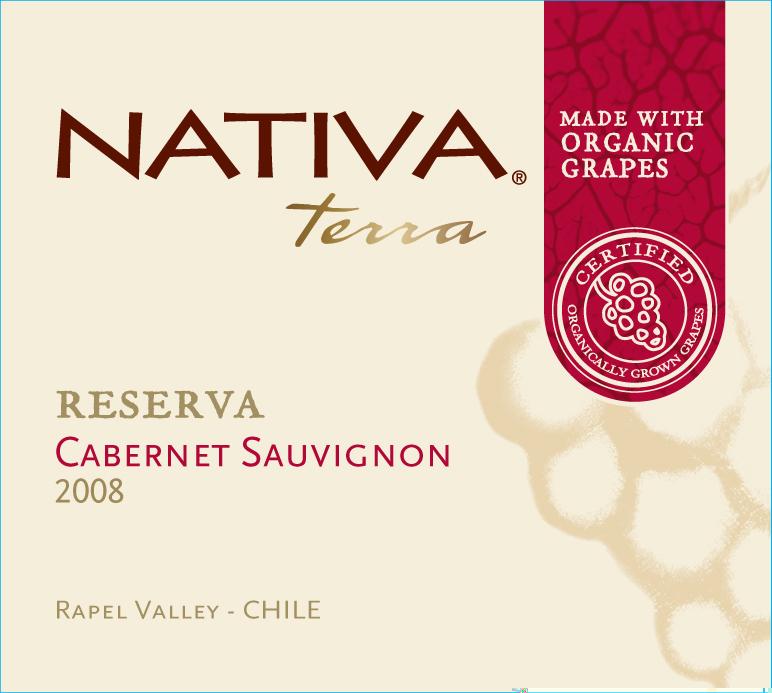2008 Rapel Valley Cabernet Sauvignon
Nativa Reserva is a stunning red wine crafted from Cabernet Sauvignon, hailing from the picturesque Rapel Valley. This 2008 vintage captivates with its deep ruby color, inviting you into a world of rich aromas and complex flavors. The wine embodies a full-bodied character, enhanced by a notably bright acidity that brings a refreshing vibrancy to each sip. Its fruit intensity is prominent, showcasing luscious dark berry notes and hints of plum, while the tannins are firm yet well-integrated, providing a pleasurable structure that supports the wine's overall profile. Nativa Reserva is a wonderfully dry wine, making it an exceptional companion for hearty meals or savored on its own, revealing layers of depth and elegance that are sure to delight any wine enthusiast.
Nativa Reserva is a stunning red wine crafted from Cabernet Sauvignon, hailing from the picturesque Rapel Valley. This 2008 vintage captivates with its deep ruby color, inviting you into a world of rich aromas and complex flavors. The wine embodies a full-bodied character, enhanced by a notably bright acidity that brings a refreshing vibrancy to each sip. Its fruit intensity is prominent, showcasing luscious dark berry notes and hints of plum, while the tannins are firm yet well-integrated, providing a pleasurable structure that supports the wine's overall profile. Nativa Reserva is a wonderfully dry wine, making it an exceptional companion for hearty meals or savored on its own, revealing layers of depth and elegance that are sure to delight any wine enthusiast.




